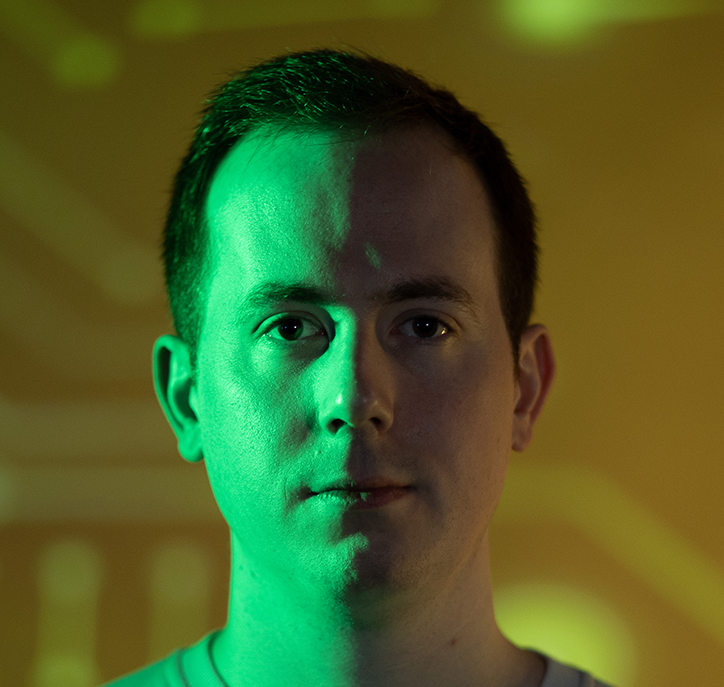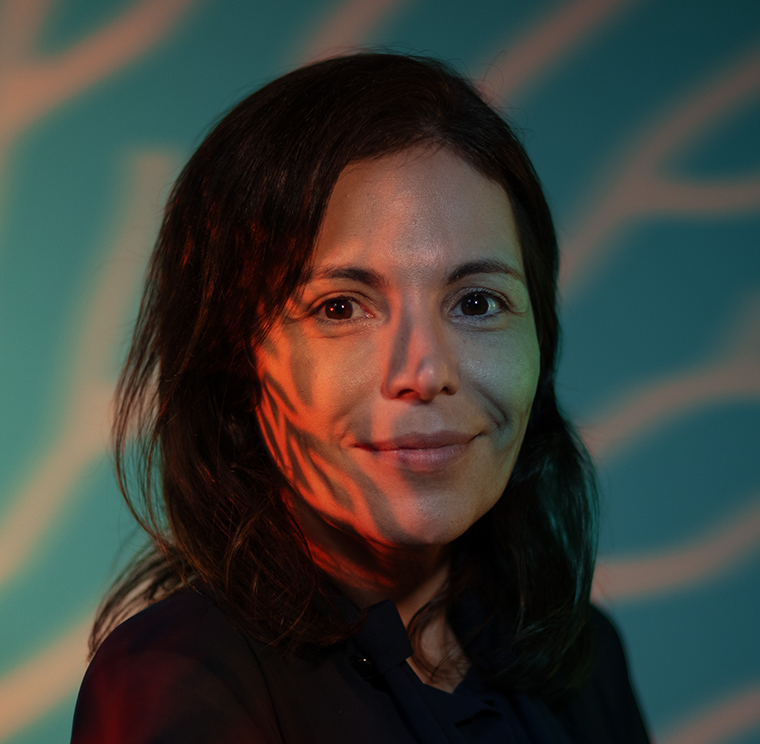MOHAMED-SLIM ALOUINI
on a
mission
to make universal connectivity a reality.
Stratospheric solutions: Mohamed-Slim Alouini connects the unconnected
Mohamed-Slim Alouini
- Al-Khawarzmi Distinguished Professor, Electrical and Computer Engineering
- Principal Investigator, Communication Theory Lab
- Computer, Electrical and Mathematical Sciences and Engineering
- United Nations Educational, Scientific and Cultural Organization (UNESCO) Chair in Education to Connect the Unconnected
Professor Mohamed-Slim Alouini, the UNESCO Chair in Education to Connect the Unconnected, has been pursuing a question for much of his career: What if nowhere was too remote to connect?
Today, when online access is vital for everything from commerce to emergency response, the KAUST founding faculty member sees the answer beyond the ground — through space- and air-based solutions, particularly non-terrestrial networks (NTN) such as high-altitude platform stations (HAPS) operating in the stratosphere.
“A HAPS can be a balloon, like Google Loon. It can be a blimp or airship, which a few companies are using. There are also gliders and aircraft-type designs, like large drones,” Alouini says. “All of these options are on the table, and different aerospace companies and start-ups active in this space are trying different approaches.”
We’re on a mission to make connectivity, in a way, like a citizen’s right — the same way you think of access to water or electricity as something basic to your life.”
Mohamed-Slim Alouini
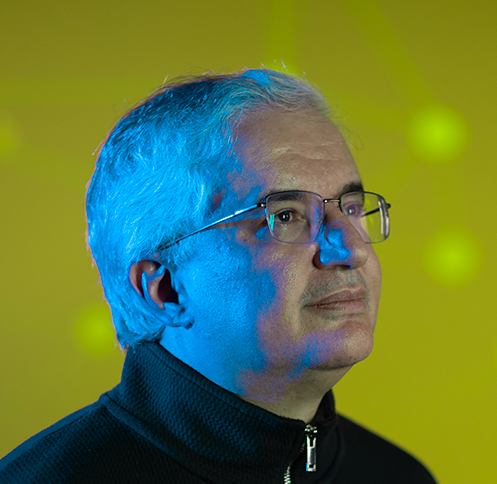
At KAUST, Alouini and his team are not building the platforms themselves but are exploring how such platforms can be used to reliably connect people. His group studies how to keep signals steady, links strong, and information flowing to and from even the most remote communities, factoring in HAPS behavior and energy constraints at 20 kilometers above the Earth.
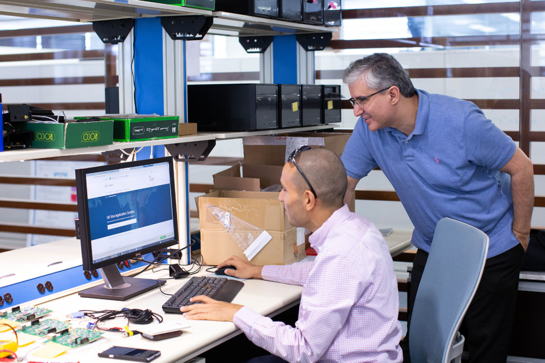
“We want to be among those contributing to finding the optimal, or at least the most adoptable, design,” he says. “Sometimes, the best trade-off matters more than the absolute optimum. Our goal is to be a global player in helping shape the next generation of HAPS-based communications.”
A major driver of this work, Alouini explains, is “connecting the unconnected” in remote regions. That means not only bringing people online, but also linking sensors and Internet of Things devices for environmental monitoring, smart agriculture, pipeline management, microgrid operation, and other critical uses.
HAPS are well suited for medium-density suburban and rural areas, bridging the gap between dense urban regions, best served by terrestrial towers, and sparsely populated rural zones, where satellites provide broad coverage. They are especially important where populations are too small to justify cellular towers or fiber-optic cables, yet satellites alone cannot deliver reliable, affordable service.
“We can describe them as platforms that can do whatever satellites can do, often much better. Why? Because when you’re closer to the Earth you have better channel quality — or better, in our jargon, signal-to-noise ratio. You can achieve better speeds, better coverage, and essentially the objective of a telecom engineer: to deliver reliable, high-quality coverage.”
WATCH VIDEO
Professor Mohamed-Slim Alouini
Emergency ready
Born in Tunisia, Alouini studied in France and the United States, earning degrees from Télécom Paris, Sorbonne Université (Campus Pierre et Marie Curie), the Georgia Institute of Technology, and the California Institute of Technology.
After faculty roles at the University of Minnesota and Texas A&M University at Qatar, he joined KAUST in 2009 as a founding professor, drawn to its academic diversity, which mirrored his own experiences. He believes diversity in research opens problems to new perspectives and unexpected discoveries. With that spirit, he approaches the global imperative of digital access.
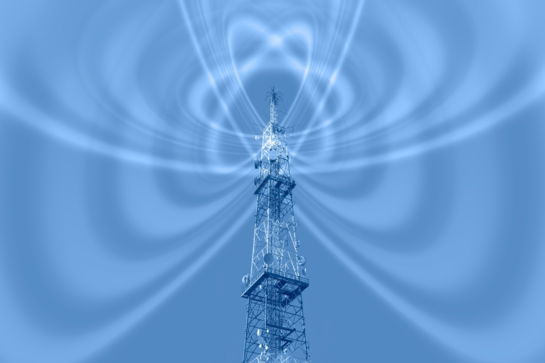
As a fellow of the African Academy of Sciences and a KAUST researcher, Alouini understands the challenges of connectivity in a world increasingly reliant on it. At KAUST, he says, researchers feel a responsibility to confront these issues in wireless communication, not only for Saudi Arabia, but also for rural populations around the world.
“We’re on a mission to make connectivity, in a way, like a citizen’s right — the same way you think of access to water or electricity as something basic to your life. I think connectivity is becoming like that. We depend so much in our daily life on the internet, on being connected. Just like we cannot tolerate electricity blackouts, we find network outages equally unacceptable — because so much of life today depends on being online.”
He emphasizes the importance of connectivity in both rural and urban areas during times of crisis, when natural disasters can leave traditional terrestrial telecommunications infrastructure damaged, destroyed, or unreliable. In such moments, Alouini says, the NTN- and HAPS-based networks his team is studying could provide a vital link wherever calamity strikes.
“The day an earthquake hits, or there’s a flood or volcanic eruption, you’re suddenly dealing with a connect-the-unconnected problem. Technology developed for rural or remote areas can overnight be used to help first responders and people affected by disasters. That’s a direct implication, especially with climate change increasing the frequency of hurricanes, floods, and so on.”
From theory to impact
KAUST’s Accelerating Impact strategy aligns with Alouini’s own professional aspirations, providing the necessary structures and mechanisms to turn his research into a more connected world for everyone.
Much of Alouini’s professional life has centered on academic projects that produced papers, M.S. and Ph.D. theses, and helped place talented students and postdoctoral fellows in leading research and faculty roles worldwide. Now, he is shifting his focus toward turning that science into real-world applications with the potential to improve lives.
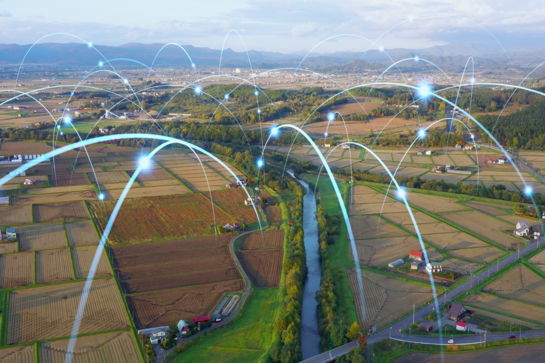
“At this stage of my career, I want to look at how we can translate some of this research — how to go the extra mile, not stop at the equation level or the simulation level, but develop a prototype,” he says, adding that pushing ideas from theory to the field is critical for him and KAUST — and for motivating companies to adopt these solutions. “To me, that’s the next challenge in my career for the next few years.”
This is more than just a technical challenge. Alouini speaks with conviction, framing it as a commitment woven into his academic and professional journey. “I’m on a mission to make universal connectivity a reality.”
Learn more about KAUST and our mission-driven research
KAUST shall be a beacon for peace, hope and reconciliation, and shall serve the people of the Kingdom and the world.
King Abdullah bin Abdulaziz Al Saud, 1924 – 2015
Email: global.pr@kaust.edu.sa
Mailing address:
4700 King Abdullah University of Science and Technology
Thuwal 23955-6900
Kingdom of Saudi Arabia
FOLLOW US
© 2025 King Abdullah University of Science and Technology. All rights reserved.


